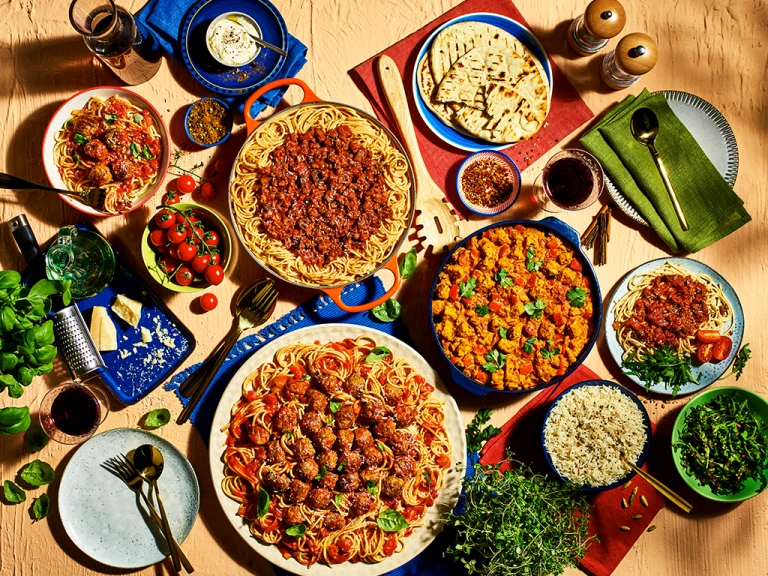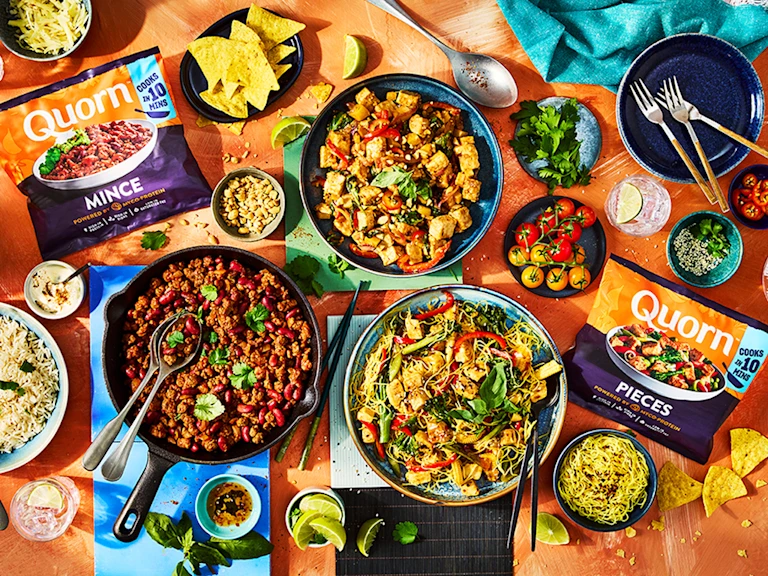
What's new

Going vegan can be daunting – especially if you’re completely new to the category and have no idea where to start (we don’t blame you- there’s a lot of options out there nowadays!). You’ve also got to consider the nutritional implications of cutting out big food groups such as meat and dairy, but you are in for a treat because, if well-planned, a vegan diet can be full of beautiful colours, textures and flavours.
If going vegan for the first time, the key for a successful and stress-free experience is making sure you’ve got enough time to carefully plan your meals – at least for the first few weeks while you get used to it. Cutting out big food groups like meat and dairy altogether (basically going cold turkey) requires a little bit of thought about what you are going to replace them with to ensure you’re getting all the right nutrients your body needs. The Vegan EatWell Guide – created by the Vegan Society – is a great resource to lean on when getting your head round what makes a balanced vegan plate.
Potatoes, bread, rice, pasta and other starchy carbohydrates
Fruit and vegetables
Beans, peas, lentils and other proteins
Calcium-rich foods
Oil and spreads
Try to drink 6-8 glasses of fluid per day to keep hydrated
Article by Quorn Nutrition’s Registered Associate Nutritionist Holly & Nutrition Intern Zoe. Find them at @quorn_nutrition

What's new
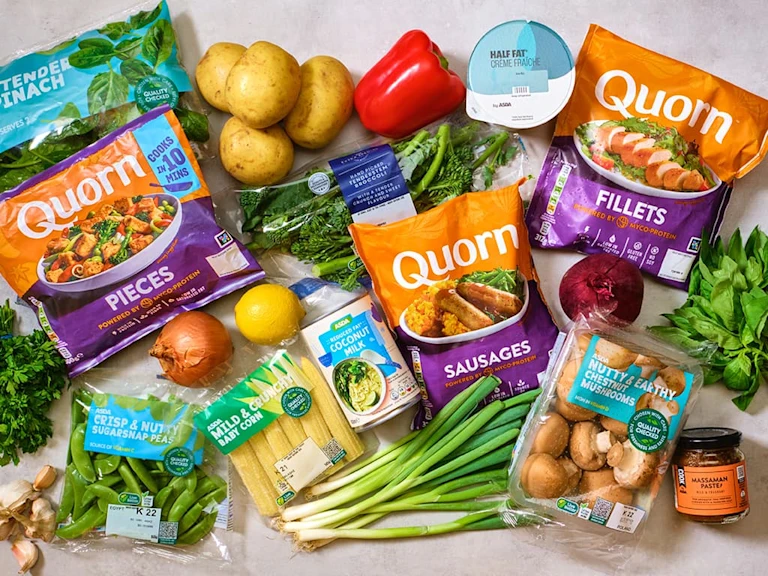
What's new
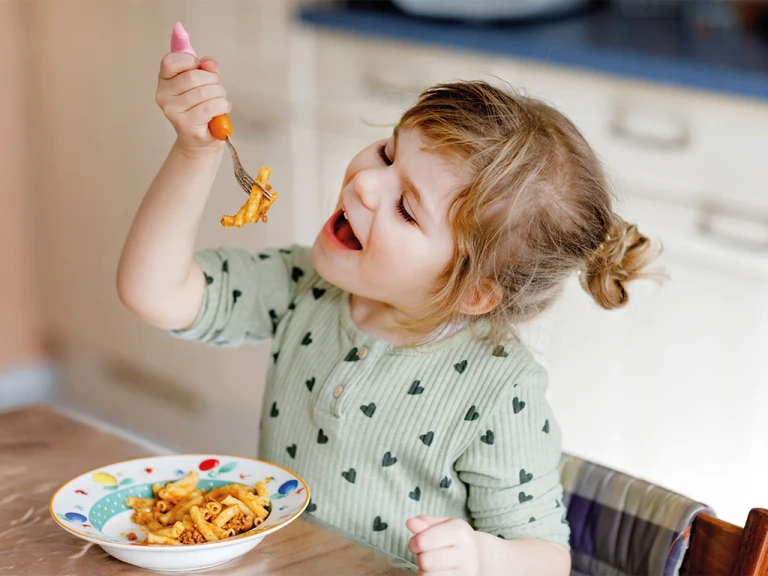
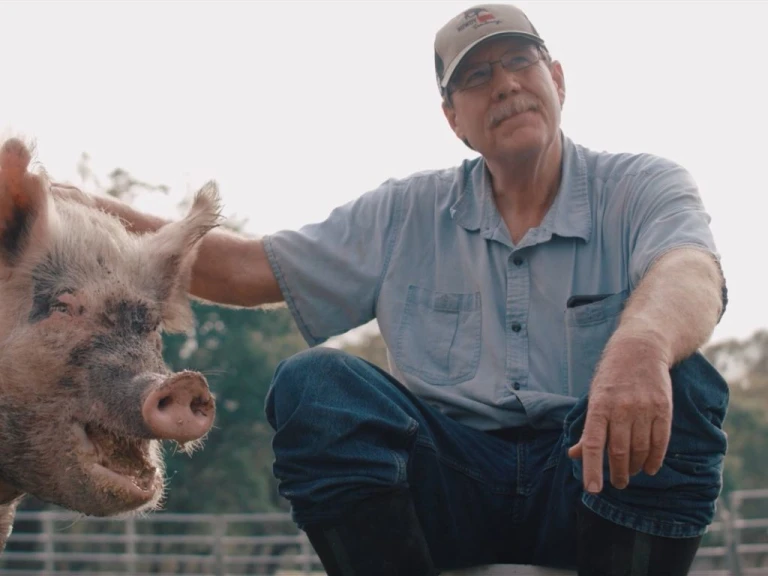
What's new
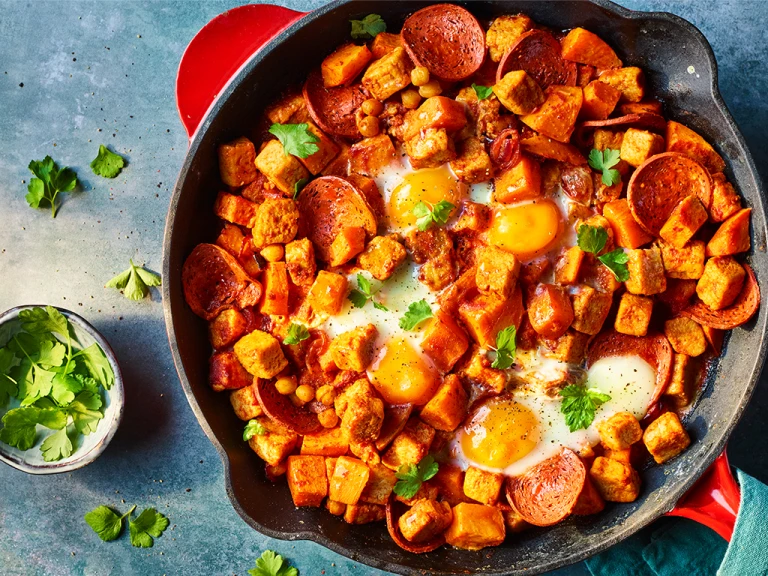
What's new
